Lalu’s ears. Sita’s tears. American softhead. Coat button. Mickey mouse—funny they may sound but these are some of the ethereal beauties of Kaas Plateau, near Satara in Maharashtra. Lying underground for most of the year, these plants pop their heads up as soon as monsoon drenches the red laterite soil with elixir of life.

Home to more than 400 varieties of plants, Kaas is one of Unesco’s World Natural Heritage sites where nature works overtime to weave a carpet of oft-changing colours. As the monsoon recedes, the plateau gets carpeted with a million flowers—blue Sita’s tears, purple jambhala, white pan-gend, yellow lahan kawla (lovingly called Mickey mouse), and yellow sonki. Kaas adorns a different colour every week or so as the ephemerals bloom and wilt in a matter of few days. When different varieties of karvy choose to bloom (once in 2, 7, or 12 years), the plateau resembles Nilgiris.



Nature’s magic is all over the place. It is in the air as well. An amazing range of flowers in various hues, shades, sizes, and designs. Many of these are so tiny that their beauty can be admired only through a magnifying lens while a few stand towering in front of us and well, flowering.

Not that none of these flowers are around us. A few of them can be seen in our backyards, even in cities. But never did we have the time and patience to pause and appreciate these in our hectic daily lives.
And that is one of the reasons Adesh and Mandar organise these trips ever since they founded Nature India 5 years ago. While all these trips are fun and enjoyable, it is so packed with loads of information, painstakingly researched and acquired through their own rich experience that it has the flavour of a college study tour. Though not trained botanists, Adesh and Mandar can give any botanist a run for their money when it comes to their knowledge of plants and flowers. It is not just remembering over 300 botanical names and common names, but also the uncanny ability of locating and identifying specific plants, even those small and rare ones hiding in the green carpets and thick foliage.

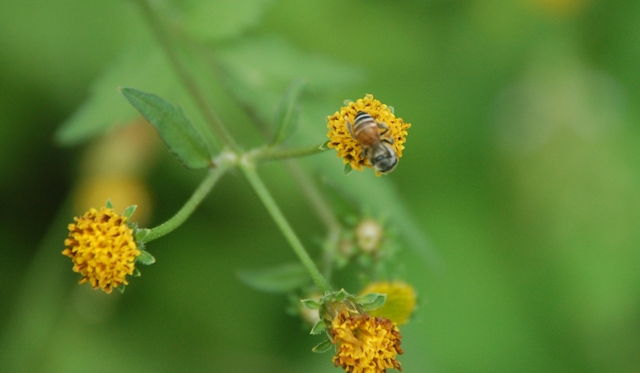
Virtually unknown to people till about 4 years ago, save for a handful of botanists, Kaas Plateau today is silently suffering an onslaught of tourists who generously donate plastic bottles, wrappers, and glasses as their contribution for a better tomorrow. Moreover, they express their excitement by unscrupulously trampling the flower carpets.

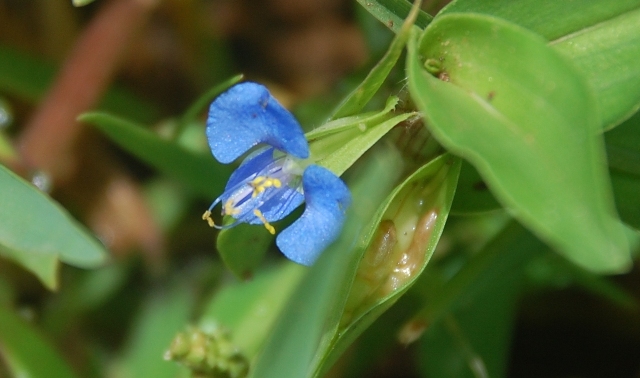
Most tourists head straight to the plateau, relish the beauty of the multi coloured carpets, walk around, take a few photos and leave. But thanks to Adesh and Mandar, we started our exploration on the roads that wind up to the plateau. For, there are different varieties that grow in different altitudes and ecology. There are plants that grow only on the slopes while there are others that grow only on the plateau. Some thrive in garbage while a few others are found near or in the water. And we spotted over 100 species of wild flowers!


From the ghats that lead up to the plateau and beyond it, several rare species of plants thrive, some of them are endangered too. Mor kharchudi (fly trapper or hanuman batata (for its large, edible tubur)) lures insects and holds it hostage for one night so that the insect, when released, carries the pollen to the next flower. Halinda (elephant’s trunk) holds the insects tightly like an elephant rolls its trunk, again for pollination. The State Flower of Tamil Nadu (also the National Flower of Zimbabwe), glory lily peeps its red and yellow head from the roadside foliage. Chire-papni sticks to the rock faces near the waterfalls, feeding on tiny insects. Gawati davbindu hides among the bushes with its tiny tentacles to catch microscopic insects. Chimin (fondly called dahi-bhaat for its whiteness) looks on proudly with its pure whiteness among multi-hued neighbours). Jainii khartundi strives to survive—a critically endangered species found in Kaas and Amboli—as, according to Adesh , it may not be getting pollinated because the right insects are not around for pollination. Square root plant (named so by late Dr Sanjay Limaye, a botanist who lost his life in Tsunami in Nicobar islands) stands erect, presenting its geometrically designed foliage. Topli karvi (that blooms once in 7 years) tries hard to find its place among the vibrant mass of Sita’s tears. Wild jeera, sanjeevani, sathavari, phulbaji, nilvanti, toothbrush orchid, coat button, terda, borpudi, and shevra, are just some of the flowers in Kaas.



Kaas is not a picnic spot. It is a place full of surprises and secrets, revealed only to those who are keen to explore. For people who love nature. Who are amazed by the infinite variety of life forms that bless our earth. And for those who want to respect and appreciate this wonder.
If you are heading to Kaas, please go through these Dos & Don’ts before you start. Kaas Plateau itself is more endangered than we imagine. For this place to don this magical appearance every year, its ecosystem needs to remain as is. Any change is sure to make Kaas a distant memory for future generations.
Reaching Kaas – Kaas is about 25 kms from Satara town. Accessible by road. State transport buses ply through Kaas from Satara. There is also a MSTRC shuttle service from Satara apart from rickshaws and taxis. Stay options only at Satara. A couple of resorts are available on the way up. The time to visit is a short window between beginning of September to mid-October. Best experienced if you are accompanied by someone who is knowledgeable and passionate about flora and familiar with Kaas.

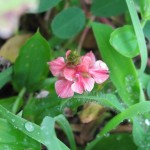

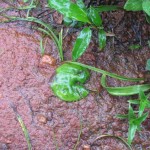

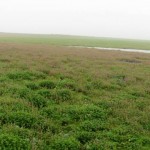



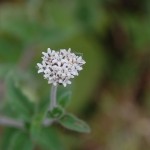







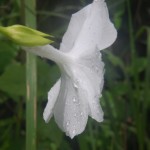










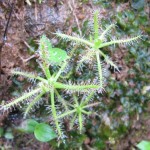
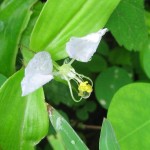


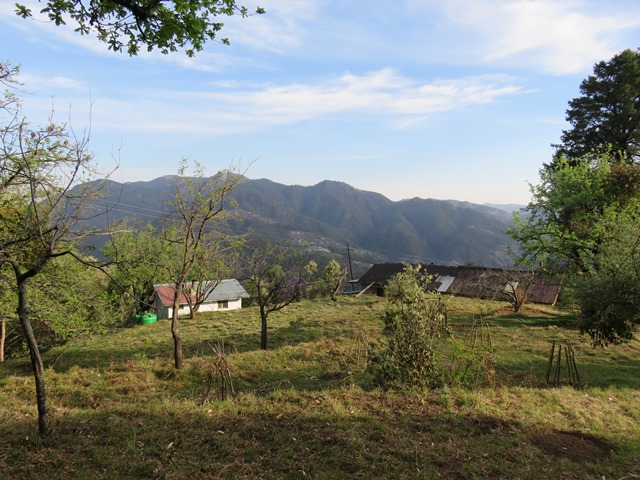

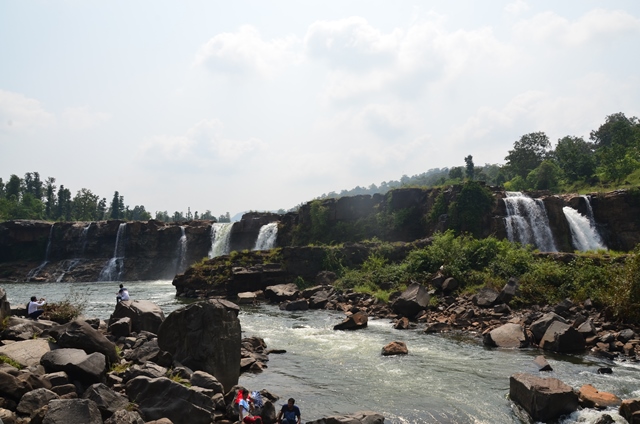
Hey beautiful pictures. will visit someday. How far is satara by the way.
Thanks, Anjum. Satara is 250 km from Mumbai.
@sumeet,
thanks. Kaas is alive only during September-October. After October, the plants typically die or lie dormant till the next monsoon. There will not be anything to see after October.
We have not heard about Mayani. Thanks for the heads up.
cheers
Unny & Bindhu
Wonderful post, incidentally i was planning a drive to satara from hyderabad very soon. But i was actually planning to go to Mayani bird sanctuary, not Kaas. I think i’m lucky to find your post before going there. Do you suggest we should go there around jan or feb? Will it be worthwhile or sep oct is the only suitable time? I have to be sure because i will plan my drive accordingly. Your reply will be appreciated.
Beautiful pictures ! Reminds me of my visit to this place.
We went on our own driving from Mumbai and stayed in a hotel there. But company or no company, this place is just too beautiful.
@Anandi,
Kaas is 25 KMs from Satara town which in turn is 250 KM from Mumbai. You’ll find more details on my blog.
Hi – Where can I stay when I go to this place? It is absolutely lovely!!!
Hi Unny and Bindhu!
I went through your blog and think you’re completely awesome!
Cheers!
Karima
Fantastic post, and wonderful pics!!! have been wanting to go there for so long, but havent been able to !! and going with Adesh and Mandar would have been so great!!!! i think i will wait for samhith to grow up a little more and then go with them too 😀
Very interesting. Great insight into this valley of flowers. Right now I am also spending my days at my native place watching the wild growth all around. Glory Lily fascinates me.
Excellent post with wonderful captures of such a beautiful place. Must visit the place soon.
http://rajniranjandas.blogspot.in/2012/09/belum-caves-deep-down-under.html